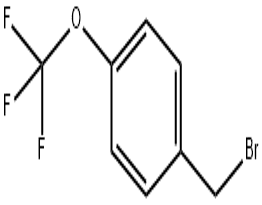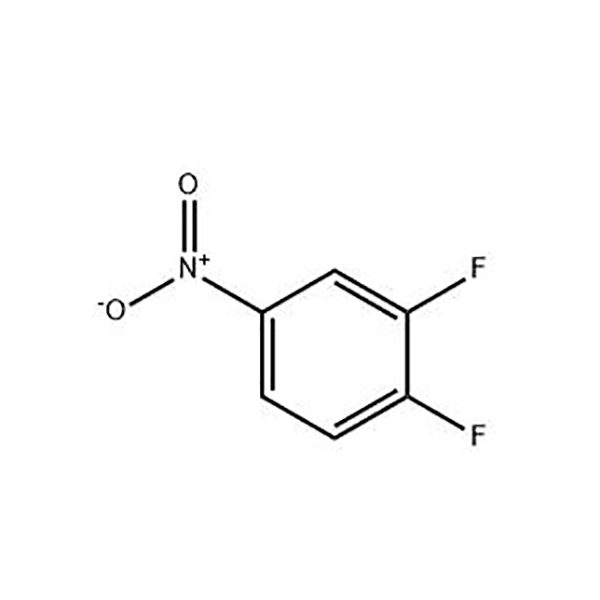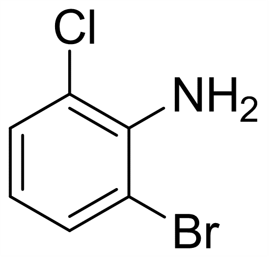3-(Trifluoromethoxy)benzyl bromide(CAS# 50824-05-0)
| Hazard Symbols | C – Corrosive |
| Risk Codes | 34 – Causes burns |
| Safety Description | S26 – In case of contact with eyes, rinse immediately with plenty of water and seek medical advice. S27 – Take off immediately all contaminated clothing. S28 – After contact with skin, wash immediately with plenty of soap-suds. S36/37/39 – Wear suitable protective clothing, gloves and eye/face protection. S45 – In case of accident or if you feel unwell, seek medical advice immediately (show the label whenever possible.) |
| UN IDs | UN 3265 8/PG 2 |
| WGK Germany | 3 |
| HS Code | 29093090 |
| Hazard Note | Corrosive/Lachrymatory |
| Hazard Class | 8 |
| Packing Group | III |
Introduction
4-(Trifluoromethoxy)benzyl bromide is an organic compound.
One of its main uses is as a reagent and intermediate in organic synthesis. The special properties of its trifluoromethoxy group, it can be used to introduce the trifluoromethoxy group.
The preparation of 4-(trifluoromethoxy)benzyl bromide is usually obtained by the reaction of benzyl bromide and trifluoromethanol. Among them, benzyl bromide reacts with trifluoromethanol under alkaline conditions to form 4-(trifluoromethoxy)benzyl bromide.
It is an organohalide that is irritating and toxic, and care should be taken to prevent contact with the skin and eyes during operation. It should be used in a well-ventilated area and with appropriate protective measures, such as wearing protective eyewear, gloves and protective clothing. It should be kept away from ignition sources and oxidants, and stored in an airtight container to avoid reacting with air. In the event of an accidental leak, it should be removed quickly and avoid entering the water source or sewer.





![[3-(4-BROMO-PHENYL)-ISOXAZOL-5-YL]-METHANOL(CAS#206055-91-6)](https://www.xinchem.com/uploads/METHANOL.png)


